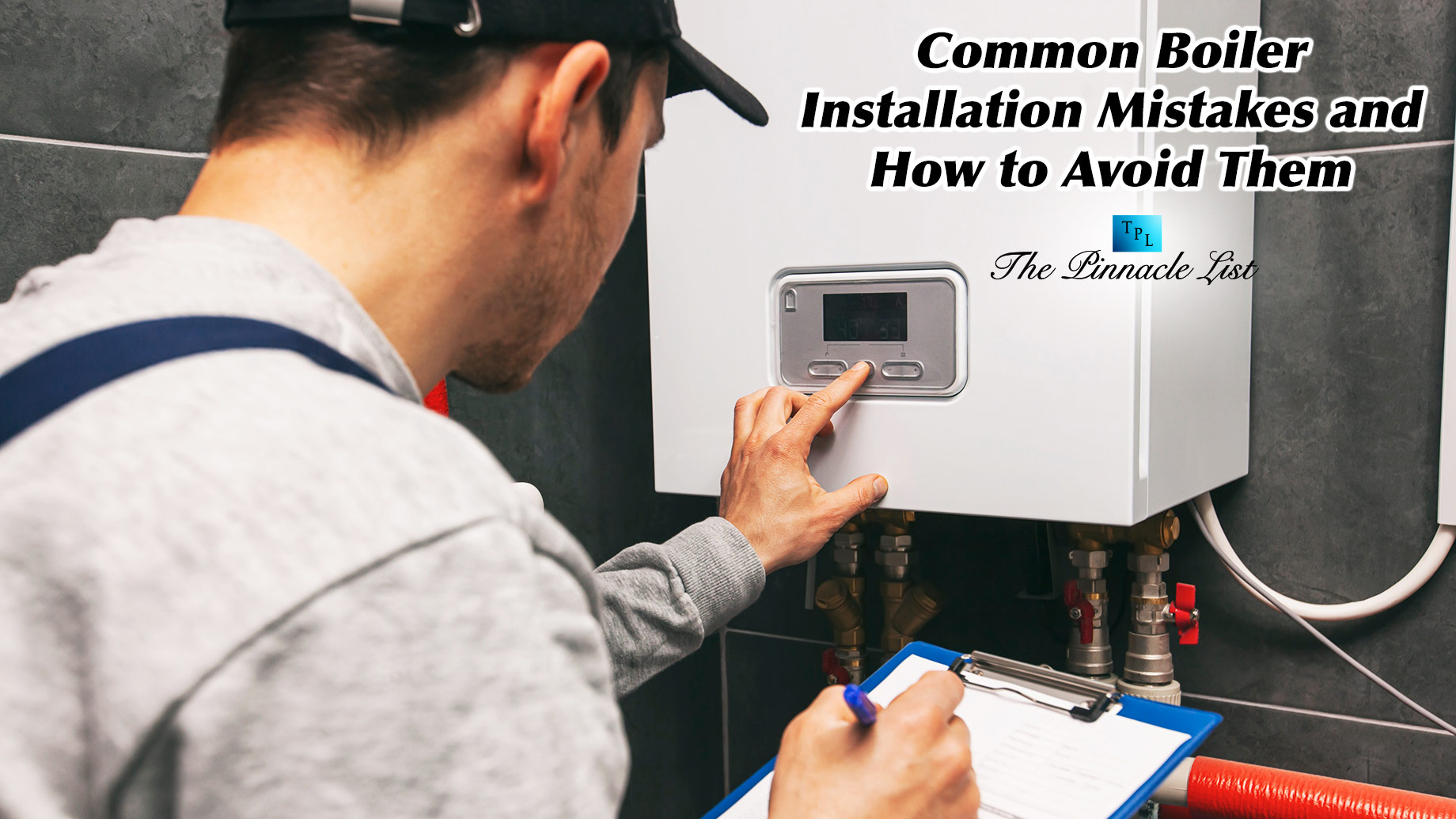
Installing a boiler is a crucial task that requires precision, expertise, and a thorough understanding of the heating system. A properly installed boiler ensures efficiency, lower energy bills, and a longer lifespan, while a poorly installed one can lead to costly repairs, safety hazards, and performance issues. Unfortunately, many homeowners and even some professionals make common mistakes during installation, resulting in inefficiencies and potential dangers.
These mistakes can range from choosing the wrong boiler size to incorrect pipework and inadequate ventilation. Neglecting essential steps can lead to gas leaks, carbon monoxide buildup, or a system that struggles to heat the home effectively. By understanding these common errors and how to avoid them, you can ensure a safe and efficient boiler installation that meets your heating needs while preventing unnecessary complications. Whether you’re a homeowner considering a DIY approach or hiring a professional, being informed is key.
1. Choosing the Wrong Boiler Size
One of the biggest mistakes people make is installing a boiler that is too large or too small for the property. An oversized boiler wastes energy and leads to higher bills, while an undersized one struggles to meet heating demands.
How to Avoid It:
Conduct a proper heat load calculation before selecting a boiler. Consider factors like the size of the property, insulation, and number of radiators to determine the right boiler capacity.
2. Poor Placement of the Boiler
Installing a boiler in an inconvenient or improper location can cause maintenance issues, poor ventilation, and inefficiency.
How to Avoid It:
Choose a location that allows easy access for maintenance and proper ventilation. Avoid placing boilers in confined spaces or near combustible materials.
3. Incorrect Pipework Installation
Improperly connected pipes can lead to leaks, pressure issues, and inefficient heating. Incorrectly sized or poorly routed pipes can also restrict water flow, affecting the boiler’s performance.
How to Avoid It:
Follow manufacturer guidelines for pipe sizing and routing. Use high-quality materials and ensure all connections are secure to prevent leaks.
4. Ignoring Water Quality
Hard water or contaminated water can cause limescale buildup, corrosion, and blockages in the system, reducing efficiency and lifespan.
How to Avoid It:
Test the water quality before installation and, if necessary, install a water softener or use inhibitors to prevent limescale and corrosion. Regularly flush the system to remove any sediment buildup.
5. Incorrect Flue Installation
The flue is responsible for expelling harmful gases from the boiler. An incorrectly installed flue can lead to carbon monoxide leaks, posing serious health risks.
How to Avoid It:
Ensure the flue is installed according to the manufacturer’s specifications and complies with local building regulations. It should be properly sealed and positioned to allow safe venting of gases.
6. Skipping System Power Flush
Installing a new boiler without flushing the existing system can lead to blockages caused by old sludge and debris, reducing efficiency.
How to Avoid It:
Perform a power flush before installing a new boiler to clear out any sludge and debris from the heating system. This helps maintain efficiency and prolongs the life of the new boiler.
7. Neglecting Boiler Ventilation
Boilers require proper ventilation to operate safely. A lack of airflow can cause overheating and increase the risk of dangerous gas buildup.
How to Avoid It:
Make sure the boiler has adequate ventilation in accordance with manufacturer recommendations and building codes. Avoid blocking vents with furniture or other obstructions.
8. Failing to Check for Gas Leaks
A gas leak is one of the most dangerous mistakes that can occur during installation. Even a small leak can lead to serious safety hazards, including explosions and carbon monoxide poisoning.
How to Avoid It:
Always perform a gas tightness test after installation. Use a gas leak detector or soapy water to check for leaks and ensure all connections are secure.
9. Not Following Manufacturer Instructions
Each boiler model has specific installation requirements. Ignoring the manufacturer’s guidelines can lead to performance issues and may void the warranty.
How to Avoid It:
Carefully read and follow the manufacturer’s installation manual. If you’re unsure, consult a professional installer for guidance.
10. Skipping the Final Safety Checks
Rushing through the installation process and failing to conduct final safety checks can result in unnoticed issues that compromise efficiency and safety.
How to Avoid It:
Before turning on the boiler, go through a checklist to ensure all components are installed correctly. Verify pressure levels, ventilation, and gas connections.
Conclusion
Boiler installation mistakes can lead to costly repairs, safety risks, and poor performance. By taking the time to plan properly, following manufacturer guidelines, and conducting thorough safety checks, you can ensure a safe and efficient boiler installation. If you’re unsure about any step, it’s always best to consult a qualified professional to avoid potential hazards and long-term issues.